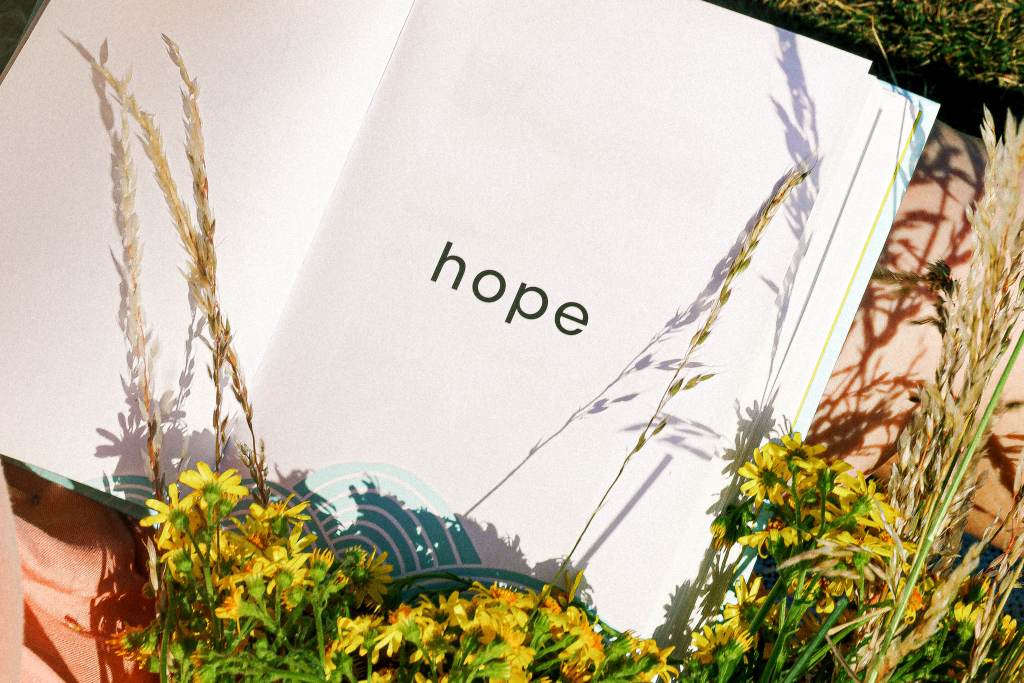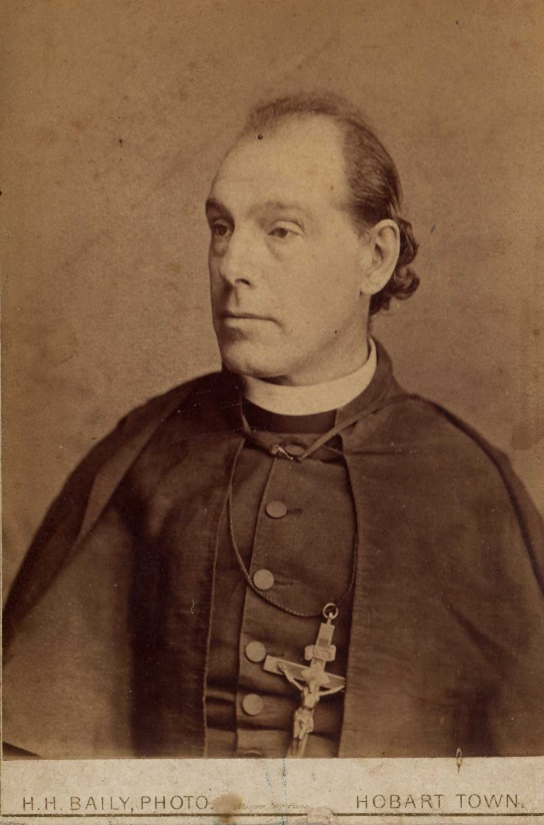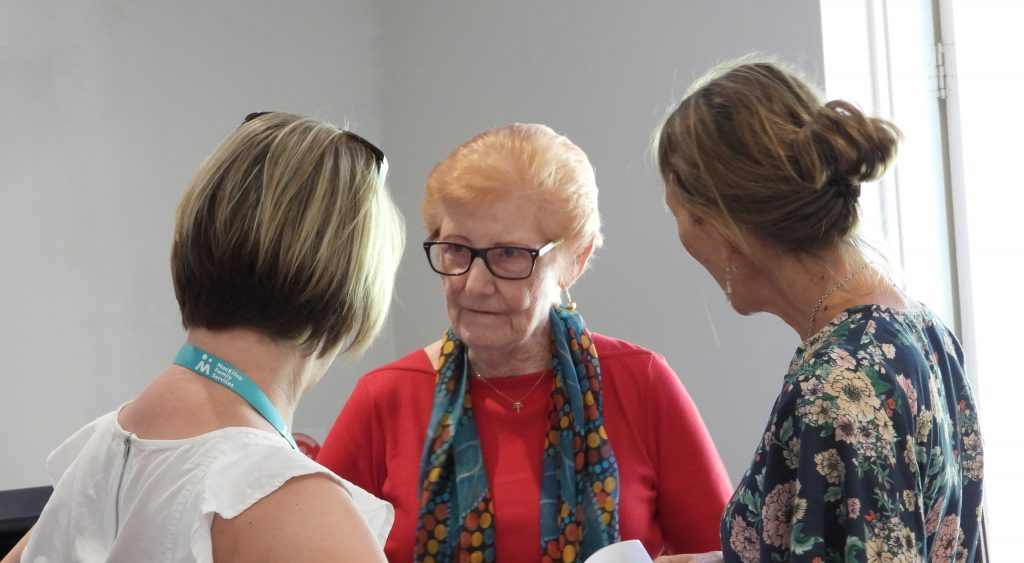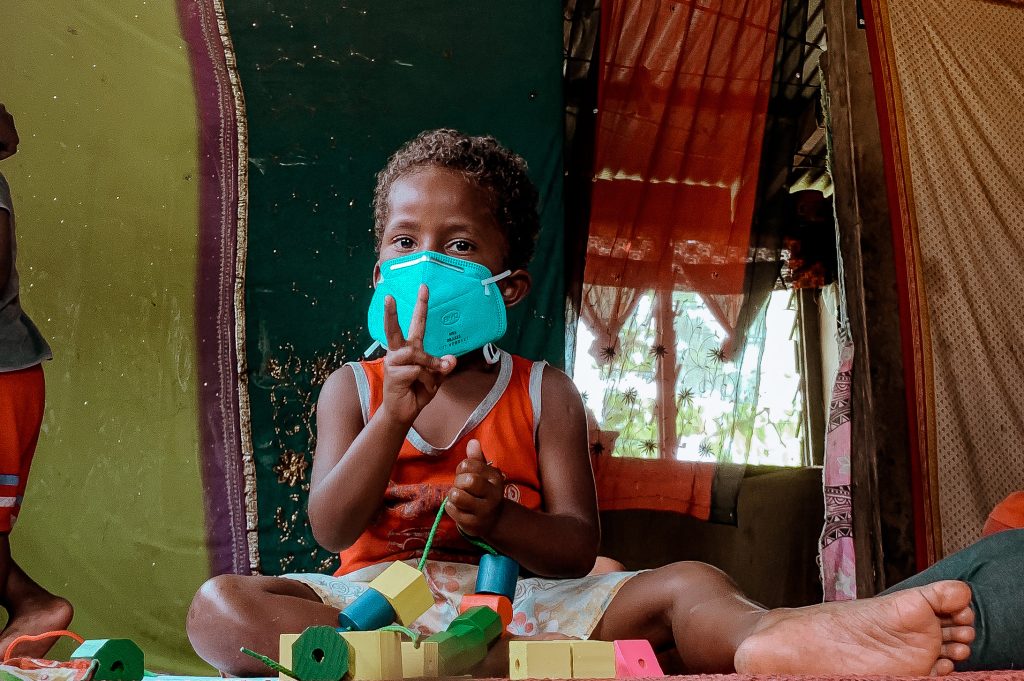Social Justice Sunday 2022
August 23, 2022
On this side of the grave.
But then, once in a lifetime
The longed-for tidal wave
Of justice can rise up,
And hope and history rhyme.
As we watch the directions taken by the newly sworn-in Australian Government, we experience encouraging anticipation that hope and history might rhyme more closely.
ethica’s actions uplift women and small business
Women artisan groups in Peru.
Each month, Pope Francis asks for our prayers for a specific intention. For the month of August, the prayer intention is for small businesses.
The Pope’s monthly prayer intentions are a call for all of us to transform our prayers into actions; with compassion for the world, to build a more humane and caring world through prayer and action.
Father Founder – A Tasmanian Connection

In education these days, there is a practice where a teacher may use a ‘provocation’. This is an object or artefact, a photo or a poem that is a stimulus for thought and discussion. A launching pad for learning.
In writing this reflection, and thinking about Father’s Day (4 September), and the role of Julian Tenison Woods as Father Founder of the Sisters of Saint Joseph, my mind was immediately drawn to an item we have in the display case in our Julian room at the Josephite Mission and History Centre in Hobart. It is Julian’s priestly collar in a battered case with a handwritten note from Mary MacKillop to the Tasmanian Sisters.
National Vocations Awareness Week 2022
August 8, 2022
This year’s National Vocations Awareness Week begins on 7 August and concludes on 14 August. During this week, we also celebrate the feast of Saint Mary MacKillop on 8 August.
Indigenous women defend a sacred river in Peru
To commemorate the International Day of the World’s Indigenous Peoples (9 August), Barbara Fraser, a freelance journalist based in Lima, Peru, shares a story about how Indigenous women are defending a sacred river in Peru.
Like most Kukama women in Peru’s northeastern Amazonian region, Mari Luz Canaquiri’s life centers on the Marañón River.
A Māori Way of looking at the world
To commemorate the International Day of the World’s Indigenous Peoples (9 August), Sr Makareta Tawaroa reports from Whanganui Aotearoa New Zealand.
I am just another member of our whanau.
This is where I am most at home.
We are part of the land, (tangata whenua)
We are part of the River, (tangata awa).
Being Maori Is knowing who you are and where you belong.
This is who I am.
Mary MacKillop Place – Out of the Ordinary
At the heart of Mary MacKillop Place located in North Sydney, New South Wales, is the Mary MacKillop Memorial Chapel. The Chapel was built in 1913 in memory of Mary MacKillop and shortly after, it was dedicated by the Archbishop Michael Kelly in 1914. Mary’s body was exhumed from the Gore Hill Cemetery and reinterred in the Chapel.
However, the story of Mary MacKillop Place begins before this. In 1883, Mary MacKillop was banished from Adelaide and travelled to Sydney where Sisters we already ministering. For a time, Mary resided at the Providence in Cumberland Street, The Rocks.
Keeping St Mary MacKillop’s legacy alive

I’m so thankful to be part of the Josephite family and share stories with you about the work we’re doing at Mary MacKillop Today. Like you, I am truly inspired by the extraordinary ‘can help’ spirit of Mary MacKillop and the Sisters of Saint Joseph who travelled to set up schools in Australia’s remote communities.
But as you know, Mary’s work isn’t yet finished. Many children and adults are still unable to break the cycle of poverty because they can’t access education. And together, with our shared calling to uphold Mary’s legacy, I know we can continue her mission today.
